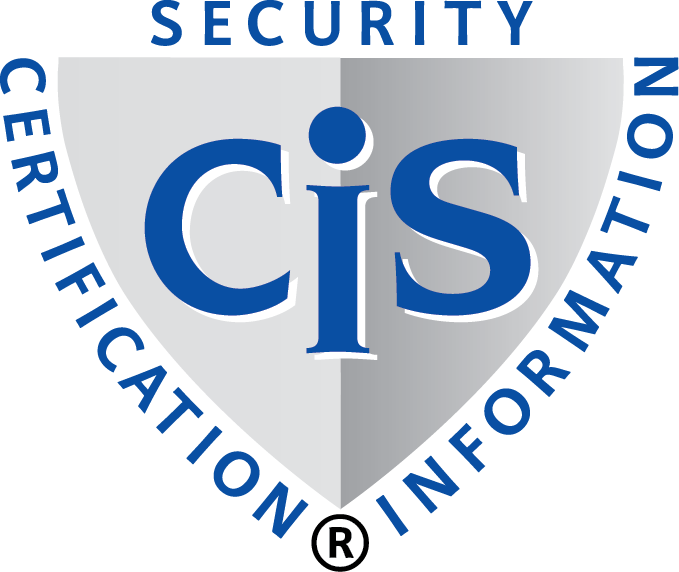Integrated Systems

An integration offers many advantages: clear and coordinated responsibilities and task allocations, a better overview of the entire system of the organization and the consequently resulting significant cost optimizations.
Many ISO Standards complement each other well
The trend goes towards an integrated management system, which combines information security, IT Service Management, quality and environmental management in one uniform overall system. Superordinate strategy finding and planning processes can be designed significantly more efficiently. Organizations report time and cost savings of far more than 20 percent.
In practice the foundation for integrated overall systems is a well implemented ISO 9001 for quality management as the content of this standard has the broadest orientation. In general every standard based on the Annex SL is suitable.
The Annex SL (also called Annex L) describes a type of standard for ISO Management systems. Nearly all management systems are based on this Annex SL. They have comparable structures and the same requirements in many aspects:
- Responsibility of the upper to mid management
- System of the documented information
- Continuous improvement as an objective
- Complying with specifications
- System maintenance and operation
Such a fundamental management system can be extended step by step by further components, such as Information Security (ISMS acc. to ISO 27001), Data protection (PIMS acc. to ISO 27701) or IT Service Management (ITSMS acc. to ISO 20000) as well as Business Continuity (BCMS acc. to ISO 22301). The question is not whether integration is the best way, this has been agreed upon, but how the best integrated structure can be set up in order for all systems on various levels and system elements to interlock and secure the improvement of corporate quality.
Integrated combined audits are useful for the certification of an integrated management system. By combining two or more standards not only the audit efforts can be reduced, but also a broader view of the organization and beneficial starting points for further development can be identified.
With its many polyvalent auditors and in cooperation with Quality Austria, CIS offers efficient combined audits for the integrated system certification with other ISO Standards.
Efficiency by system integration:
- Simplified handling, clarity and transparency
- Joint audits for various systems relieve upper management
- Efficient management reviews for integrated management systems
- Joint documentation covers all management and business processes
- Cost and time savings
Synergies by considering the complete picture
Mature systems can fully benefit of all advantages of the efficient combined audits. Integrated audits are planned carefully in consultation with the auditors in order to discuss existing processes of the various management aspects in detail. Combined audits are interesting as multifunctionally trained auditors have an overview of the overall system, which could not be obtained otherwise, and can point out potential for optimization without any limiting aspects.
Facts
why a
CIS certification
is rewarding.
Raising market value
Improved legal certainty
Increased profitability
Practice-oriented risk management
Minimizing errors
Enhaced customer satisfaction and employee motivation
Increased competitiveness
Optimized processes
Realizable image gain
Cost reduction and investment protection

